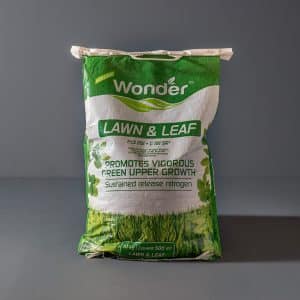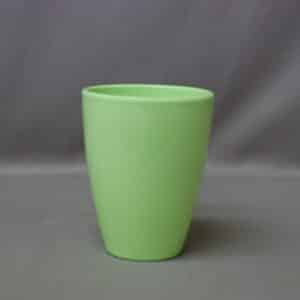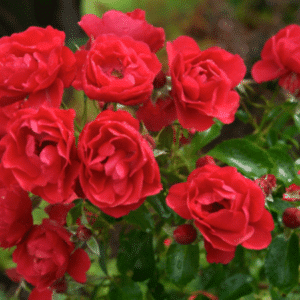Herbs for Summer
Kitchen gardening
Herbs for Summer
Herbs add texture and fragrance to a garden and flavour and interest to food.
September the time to plant some herbs for a flavourful summer!Herbs are not only grown for their culinary, cosmetic and medicinal properties, but also for their versatile and often decorative qualities in the landscape. A practical way of growing herbs is in a formal herb garden with beds dissected by paths. Herbs also combine well with vegetables, encouraging healthy growth and discouraging pests. Herbs add textural interest and fragrance in flower borders. Low growing herbs are suitable as edgings, with taller-growing herbs behind. A rose garden retains interest if under planted with aromatic herbs such as sage, lavender and dianthus.
Life is a Garden if you…
- Fill gaps between stepping-stones with thyme
- Edge a flowerbed with chives which make a dainty display, especially when the papery mauve flower heads appear
- Grow culinary herbs in a sunny position in pots near the kitchen
- Give white roses a petticoat of lavender bushes
- Plant up a flowerbed with frilly white dianthus and mounds of nutmeg geranium
Planting guide
- Herbs need a sunny aspect and well-drained composted soil.
- Regularly cut back herbs to promote new, vigorous growth.
- Where soil is heavy clay, grow herbs in raised beds filled with composted soil.
- Balconies and window boxes provide easy access to culinary herbs, as do containers and hanging baskets situated near the kitchen door.
- No sprays or pesticides should be used on herbs.
Popular herbs
Basil – aromatic leaves flavour tomato and pesto sauces, pizzas and meat, poultry and fish dishes. Nip out flower buds when they appear.
Sage – adds flavour to pork dishes and makes an attractive edging in vegetable and flower gardens.
Chives – chop and add to sauces, soups, fish, omelettes and salads. Split bulb clumps and replant when overcrowded.
French tarragon – use to flavour vinegars and dressings, shellfish, pork, beef, poultry and salads.
Oregano – flavour can vary from mild to hot and peppery. Leaves are chopped and added to vegetables, meats and fish.
Thyme – Both the common and the lemon-scented thyme are worthy of a place in the garden. Leaves are used for flavouring poultry, vegetables, cheese and egg dishes.
Rosemary – use the pungent silvery green, needle-like leaves to flavour poultry, lamb, pork and game, and cheese and egg dishes.
You might also like
Shop online
-
MERLOT TROUGH SANDSTONE MEDIUM
- R499.99




